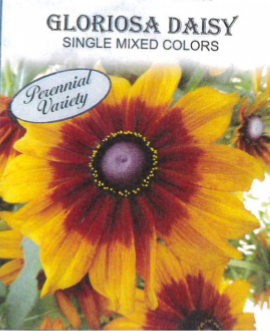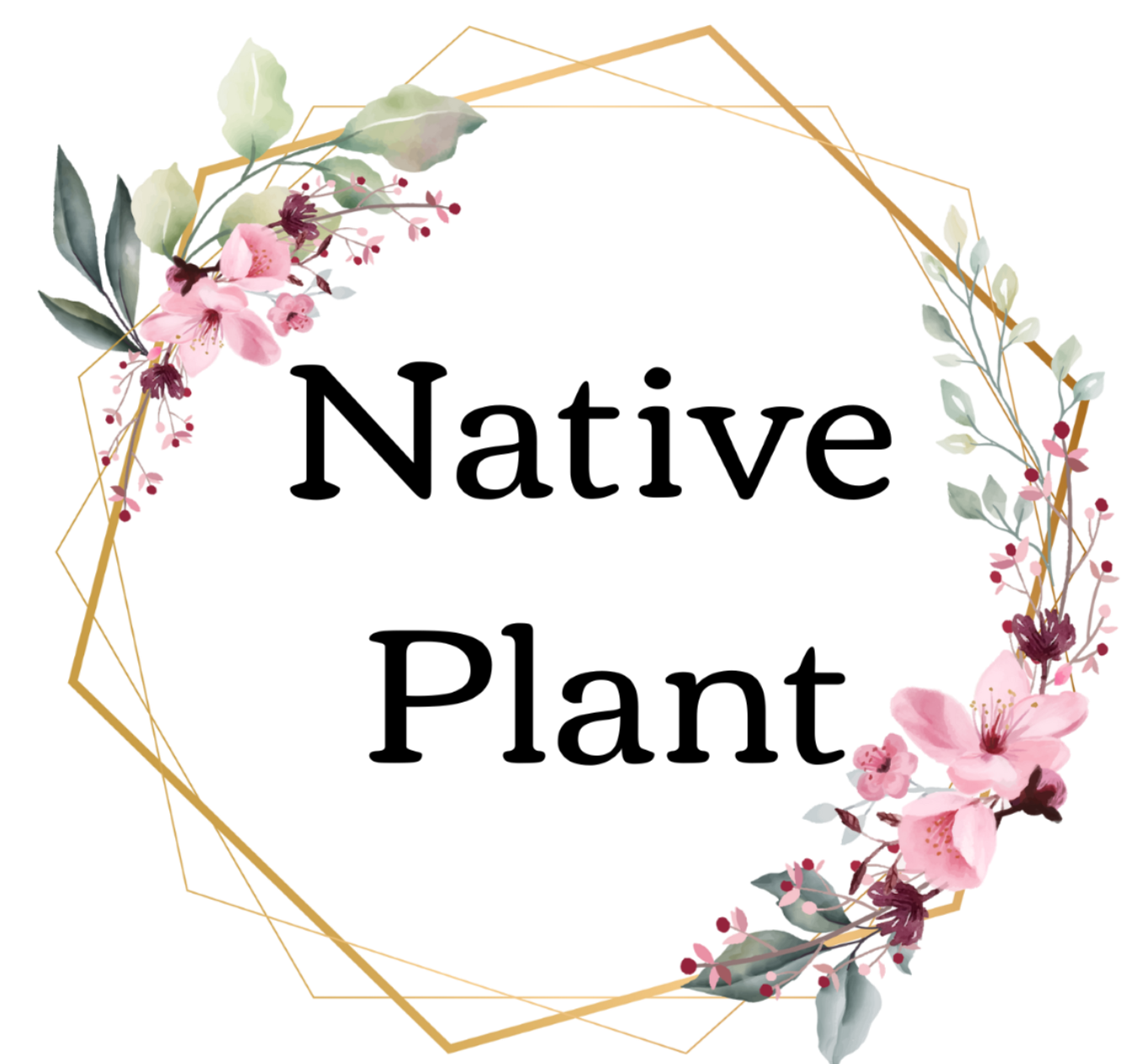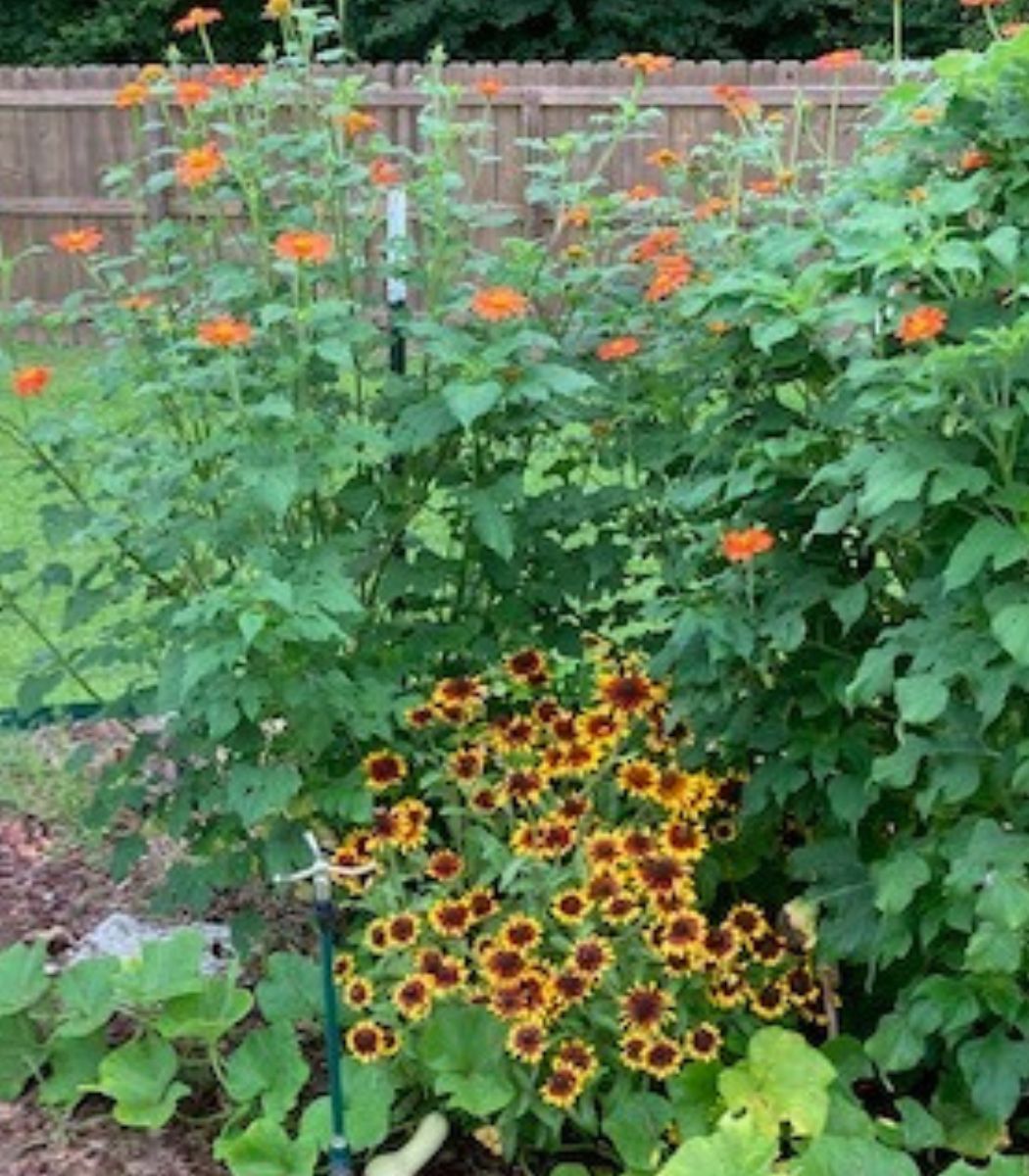
Gloriosa Daisy
Gloriosa Daisy is related to the black-eyed Susan. A member of the aster family (Asteraceae) it is a beautiful tri-toned daisy. Its unusual colors make is a show addition to any garden.
|
N/A |
|
Rudbeckia hirta |
|
Intermediate then Easy |
|
Intermediate |
|
2 years if properly stored |
|
Annual |
|
14 days |
|
Cold Stratification for 4 weeks |
|
Surface sow |
|
36” |
|
Seeds need light to germinate Full sun |
|
N/A |
|
February, March, and September |
|
No |

Growing Tips



3 plants per 16” container

R. hirta is native to most of the U.S. including GA.
When to Start
Intermediate to start from seed then easy to grow
Winter: Seeds need cold stratification to germinate. Cold stratify 4 weeks. (Feb 1-14 for Jefferson, GA) Then place under grow lights for 6-8 weeks. (March 1-14 for Jefferson, GA)
Transplant: After all danger of frost has passed. (May 1 for Jefferson, GA)
Fall: Direct sow about 6 weeks before the first frost. Mid-Late September for GA.
How to Start
Start by cold-stratifying the seeds. Fill cells or pots with pre-moistened seed starting mix. Gently push the seeds into the seed cells. Place the cells in a plastic bag and place the seeds in the refrigerator for 4 weeks. Keep the soil moist but not soggy. You may need something hard like cardboard under the cells to keep them from tipping over. After 4 weeks, remove the cells and place them under the grow lights as the seeds need light to germinate. Transplant after hardening off and all danger of frost has passed.
Or direct sow in fall by gently pressing them into the ground and slightly covering them with soil to prevent wind from blowing the seeds away. Thin to 8-12’’.
Care
Gloriosa daisy plants are drought-resistant, self-seeding, and grow in a variety of soils. They prefer a neutral soil pH and thrive in full sun but will tolerate part shade.
Care for gloriosa daisies will often include deadheading the spent blooms of the flower. Deadheading encourages more blooms and a sturdier, more compact plant. You may also get a second bloom in the fall with deadheading which is very good for migrating pollinators. Deer, rabbits, and other wildlife may be drawn to rudbeckia even though it is ‘deer resistant’.
My personal experience
With their tri-tones, I think these are beautiful flowers. I find them to be relatively low maintenance. They reseed themselves and pop up again year after year. When they are paired with brightly colored zinnias, they really stand out! Or as pictured to the the left, they are a nice filler with the Mexican sunflowers.

Seed Saving

Isolation Distance
Black-eyed Susan and Gloriosa daisies are insect-dependent and will cross-pollinate. Isolate 1/2 mile to prevent cross-pollination.
Instructions
Seeds may be allowed to dry on the stem for reseeding or collected and dried in other ways for replanting in other areas. Seeds of this flower do not necessarily grow to the same height as the parent from which they were collected.
Seeds are mature when the flowers dry. Collect Seed heads by hand and dry them fully on screens. Once fully dry separate seeds from debris by gently rubbing with hands. It is recommended to wear gloves.
Special Note:
Songbirds love rudbeckia, so if you are seed-saving you might want to cover the seed head with a fine-mesh bag as soon as flower petals shrivel and die. Use an elastic band to hold the bag in place. This prevents seeds from spilling onto the soil before harvest. Otherwise, let the flowers go to seed and leave them over the winter to feed the birds!
Features
- Deer resistant
- Drought tolerant
- Good for Containers
- Attracts pollinators
- Extended bloom time
- Good cut flowers

Once your perennials are established, separate your varieties by division every 3 to 4 years to avoid overcrowding. Dig up clumps and separate them into groups to be replanted.
